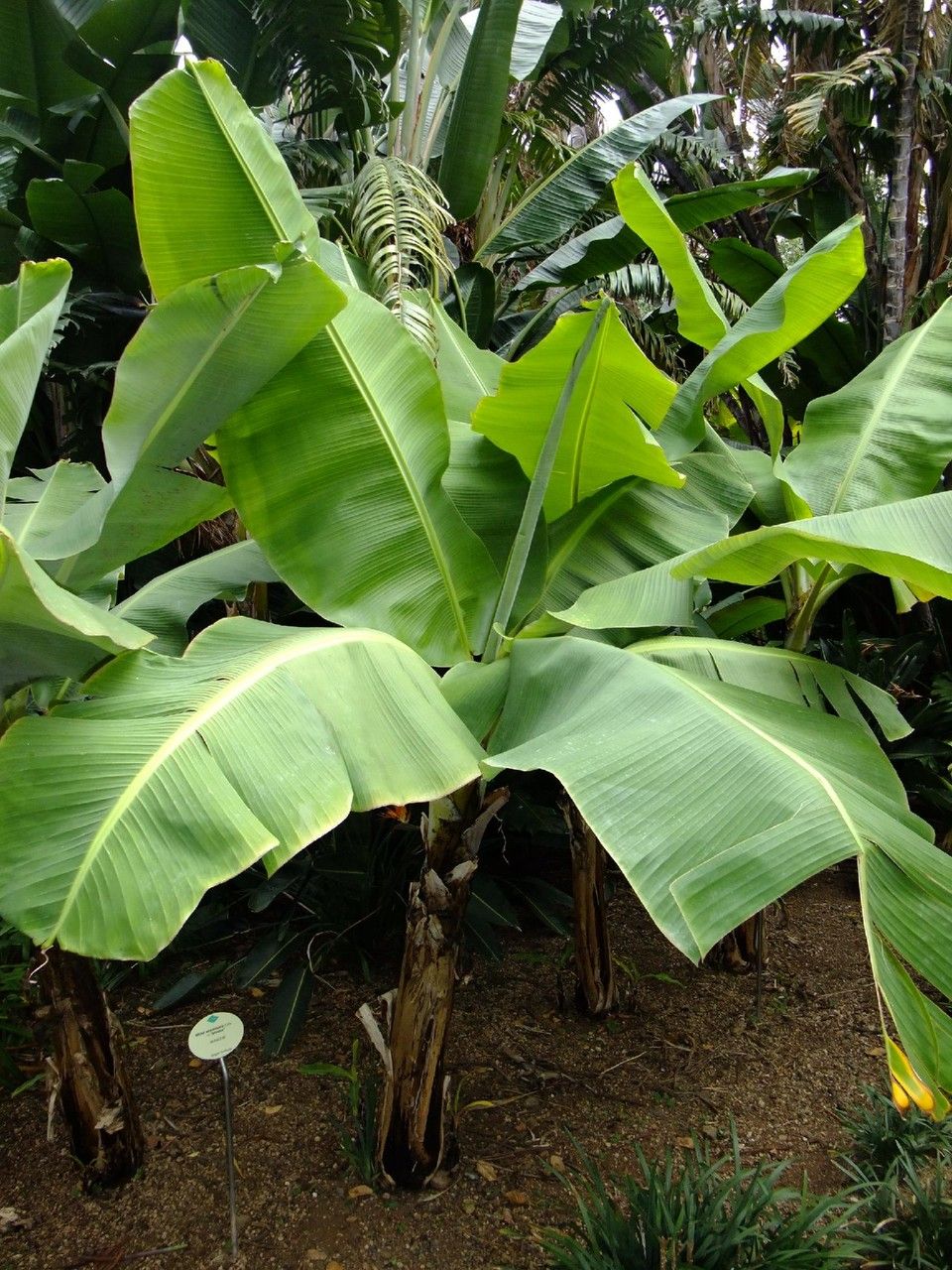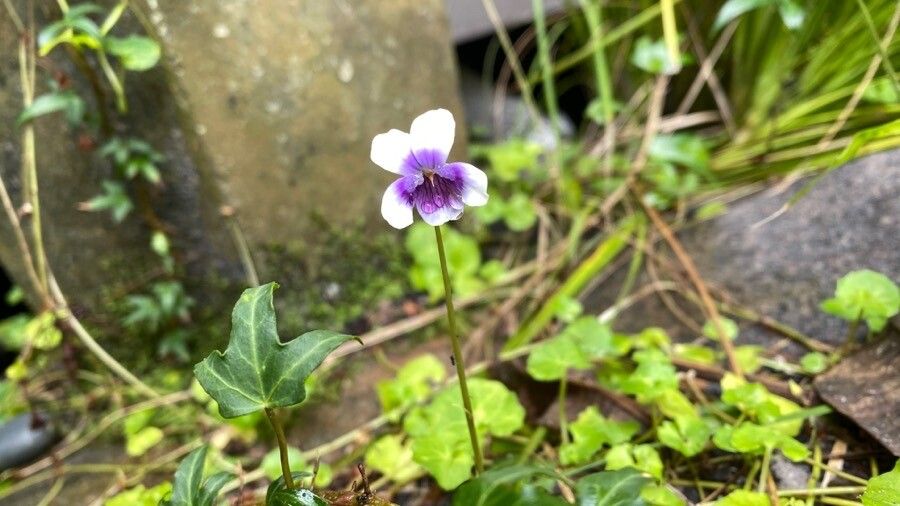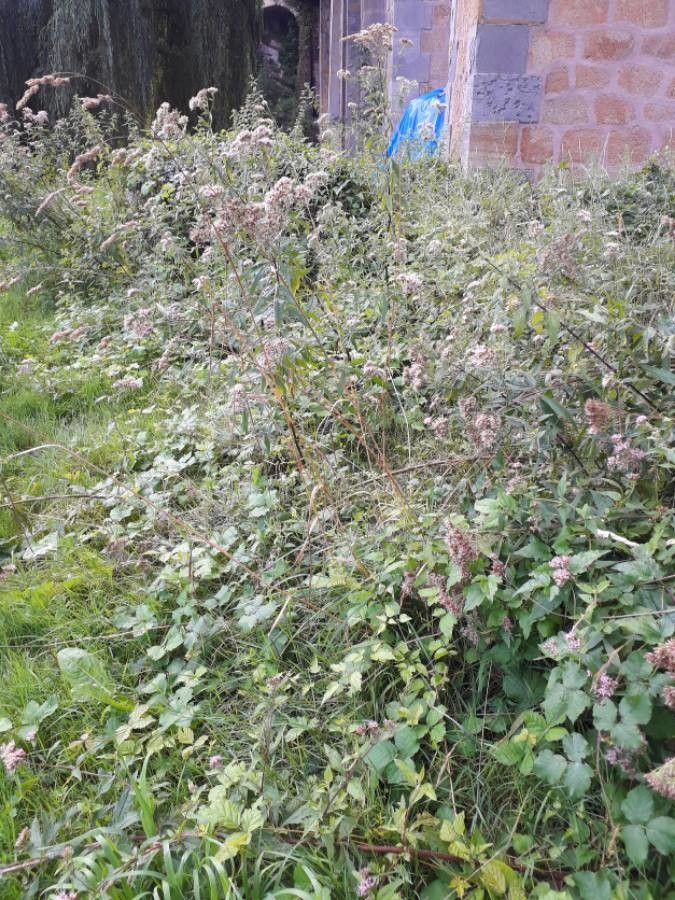# Cavendish Banana: The King of Bananas
The Cavendish banana (Musa acuminata × balbisiana) is the most widely cultivated banana variety globally, dominating supermarket shelves worldwide. Unlike its predecessors, the Gros Michel, the Cavendish is resistant to Panama disease, a devastating fungal infection. But this doesn't mean it's immune to challenges; successful cultivation requires understanding its specific needs.
### Habitat and Growth
Native to Southeast Asia, the Cavendish banana thrives in warm, tropical, and subtropical climates. It prefers consistently high temperatures, ideally between 68-86°F (20-30°C), and struggles in areas with frost or prolonged cold spells. These plants are not frost tolerant.
### Sun Exposure
Cavendish bananas need plenty of sunlight to flourish. Aim for at least six to eight hours of direct sunlight per day. While they tolerate some shade, insufficient sunlight will result in poor fruit production and weak growth. In particularly hot climates, a bit of afternoon shade might be beneficial to prevent scorching.
### Soil Needs
Well-drained, fertile soil is crucial for Cavendish banana growth. The soil should be rich in organic matter and have a slightly acidic pH (between 5.5 and 7.0). Heavy clay soils should be amended with compost or other organic matter to improve drainage. Good drainage is vital to prevent root rot, a common problem in poorly drained soils. Sandy soil may require frequent watering to maintain moisture levels.
### Planting and Care
Cavendish bananas are usually propagated through suckers, which are offshoots that grow from the base of the parent plant. Plant suckers in well-prepared soil, ensuring the crown is just above the ground level. Regular watering is essential, especially during dry periods, but avoid overwatering, which can lead to root rot. Mulching around the base of the plant helps to retain moisture, suppress weeds, and regulate soil temperature. Fertilizing with a balanced fertilizer high in potassium is crucial for healthy growth and fruit production. Potassium is particularly important for banana fruit development.
### Pests and Diseases
While resistant to Panama disease, Cavendish bananas can be susceptible to other pests and diseases, including banana weevils, nematodes, and various fungal infections. Regular monitoring for signs of infestation or disease is important for timely intervention. Good sanitation practices, such as removing infected leaves and pseudostems, are also essential. In severe cases, it might be necessary to use approved pesticides or fungicides.
### Harvesting
Cavendish bananas are typically ready for harvest when the fruits are plump and have developed their characteristic yellow color. Harvesting too early will result in poor flavor and texture, while harvesting too late can lead to overripe and bruised fruit. The optimal time for harvesting depends on factors such as variety and climate. A simple visual check, feeling the firmness of the banana, usually suffices.
### Growing Bananas in Containers
While Cavendish bananas are typically grown in the ground, they can also be successfully cultivated in large containers. This is particularly useful for gardeners with limited space or those in colder climates where they can be brought indoors during winter. Use a large container with ample drainage holes and a high-quality potting mix. Remember to provide adequate sunlight and water.
Growing Cavendish bananas can be a rewarding experience, providing a taste of the tropics in your own backyard. By following these guidelines and paying attention to the specific needs of this plant, you can increase your chances of a bountiful harvest.
Cavendish Banana: The Ultimate Grower's Guide

Frequently Asked Questions
How to grow Cavendish bananas at home?
Propagate from suckers, plant in well-drained, fertile soil with a slightly acidic pH, provide ample sunlight (6-8 hours), water regularly, fertilize with a high-potassium fertilizer, and monitor for pests and diseases.
What kind of soil do Cavendish bananas need?
Cavendish bananas thrive in well-drained, fertile soil rich in organic matter. The ideal pH is slightly acidic, between 5.5 and 7.0. Amend heavy clay soils with compost to improve drainage.


